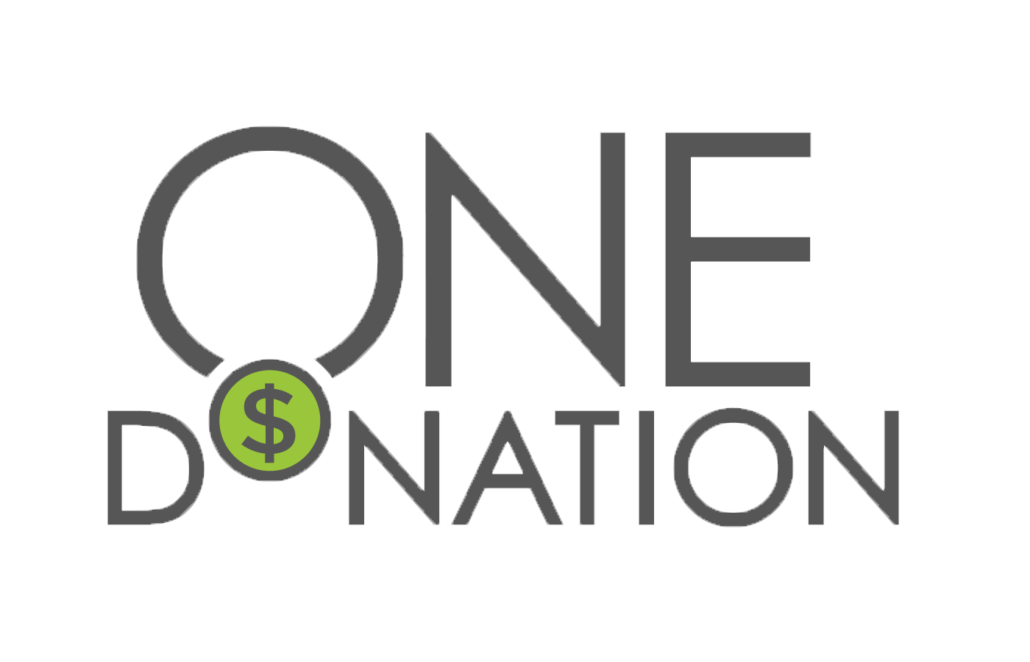Why Customer Success is Not Customer Service: A Comprehensive Comparison
In the modern business landscape, customer satisfaction plays a paramount role in driving long-term success. To ensure that customers achieve their desired outcomes and become loyal to a brand, companies employ various strategies, including customer success and customer service. While the terms may sound interchangeable, they represent two distinct approaches to customer interaction. In this blog post, we will delve into the differences between customer success and customer service and explore why they are not one and the same.
Defining Customer Success:
Customer success is a proactive, anticipatory, and strategic approach aimed at ensuring customers achieve their desired outcomes, maximize the value of a product or service, and foster long-term loyalty. It transcends the boundaries of mere support or resolution of issues, focusing on understanding customer goals and collaborating with them throughout their journey to achieve success.
Understanding Customer Service:
On the other hand, customer service refers to the reactive and responsive nature of addressing customer queries, concerns, and issues. It entails providing assistance, information, and support to customers when they encounter problems or seek help. Customer service primarily focuses on resolving immediate concerns and providing satisfactory solutions to customers' inquiries.
Key Differences:
1. Proactive vs. Reactive:
Perhaps the most notable distinction between customer success and customer service lies in their respective approaches. Customer success emphasizes a proactive and strategic approach, anticipating customers' needs, and actively guiding them towards success. Conversely, customer service primarily responds to customer inquiries and issues as they arise, adopting a reactive stance to support customers on a case-by-case basis.
2. Goals and Outcomes:
While customer service typically aims to address short-term concerns and ensure customer satisfaction in the present moment, customer success seeks to help customers achieve their long-term goals and desired outcomes. Customer success teams work closely with customers to understand their objectives, assist in strategizing, and continuously iterate to ensure maximum value realization.
3. Relationship Orientation:
Customer success establishes and nurtures long-term relationships with customers by capitalizing on understanding and collaboration. It involves building trust and serving as a strategic partner rather than a transactional responder. On the other hand, customer service mostly focuses on resolving individual interactions efficiently, rather than fostering a deep and ongoing relationship.
4. Proactive vs. Reactive Metrics:
While customer service metrics often revolve around response times, satisfaction ratings, and issue resolution rates, customer success metrics concentrate on more proactive indicators. These may include customer engagement, product adoption, customer health scores, and expansion opportunities. Customer success teams continually monitor and analyze these metrics to drive customer growth and mitigate risks.
Conclusion:
Customer service and customer success are two distinct but complementary functions within an organization. While customer service forms an essential part of the overall customer experience, it primarily focuses on addressing immediate concerns. In contrast, customer success takes a more proactive and strategic approach, working closely with customers to ensure their long-term success and foster loyalty.
Recognizing and investing in both customer service and customer success can significantly enhance a company's ability to provide exceptional customer experiences. By understanding their distinct roles and leveraging them strategically, businesses can build strong relationships, exceed customer expectations, and achieve sustainable growth in today's competitive market.


